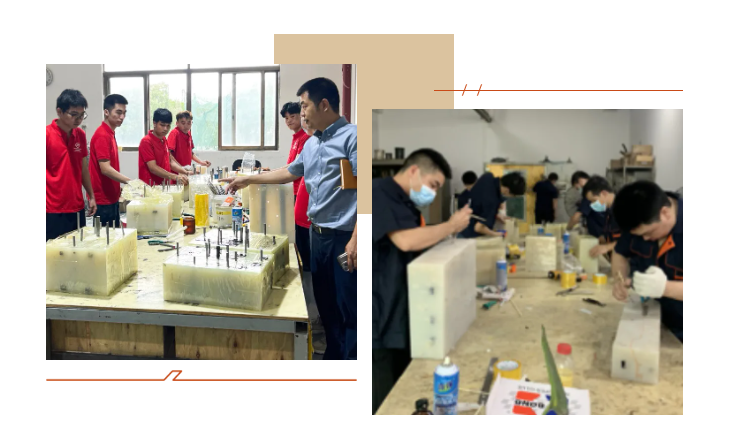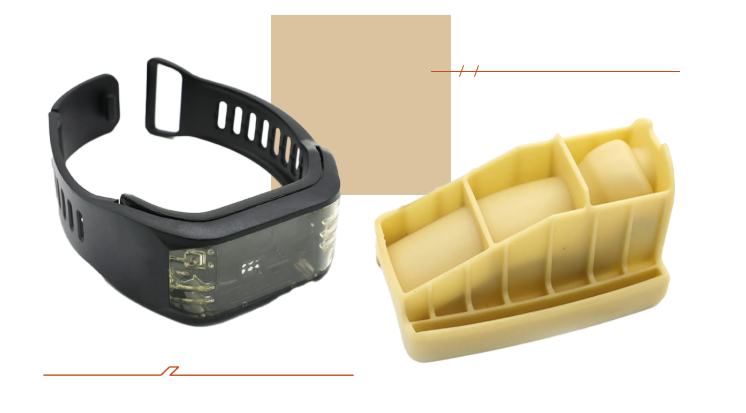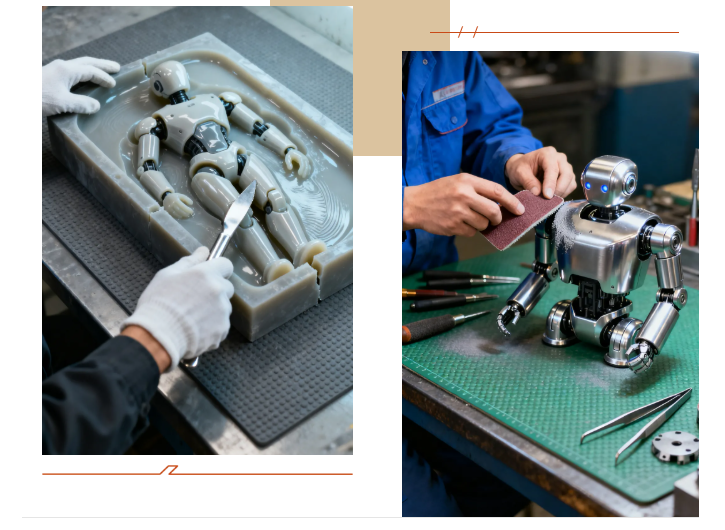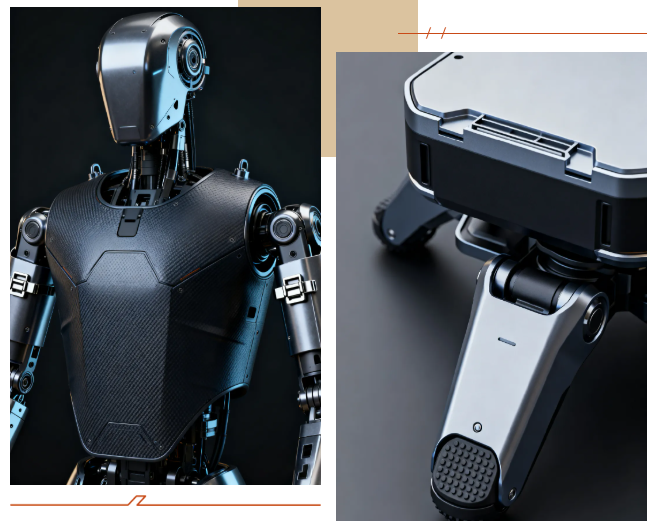 Part Machining / Mould
Part Machining / Mould Sheet Metal / Hand Plate
Customize&Volume Production
 English
English
 Part Machining / Mould
Part Machining / Mould  English
English


Many customers recognize the name "Industrial Man" as a robot manufacturer. Some even simply refer to "Industrial Man" as "robot." For mass production of humanoid robots, silicone molds and prototypes are cost-effective. The typical production volume for a silicone mold is around 50 sets, with the optimal production volume for early production.

A vacuum casting mold is a soft mold with a hardness of around 50 degrees. When casting the robot components, using technology to control the accuracy of the replica is a very challenging process. To control the dimensions of the silicone mold, there are three key factors: temperature control in the mold shop. Secondly, the raw material mixing ratio. Thirdly, the baking temperature and duration. Fourthly, the technique for removing the part from the mold. To create a perfect silicone mold for a humanoid robot, if any of these four steps are not accurately replicated, the robot's accuracy will be difficult to guarantee.

Small batch prototypes of robots, products made from silicone molds, shaping and secondary processing, shaping is usually solved by methods. When taking out the copied robot products in the silicone mold, the products need to be immediately placed on a robot parts mold to finalize the shape. This link is usually overlooked. The reason for ignoring it is to reduce costs and reduce the jig and tooling links. Finally, we will explain to customers that the products made from silicone molds are precision-cut to gain customer approval.

Regardless of the processing method and material used for a humanoid robot, there's always a way to achieve precision. For example, when vacuum casting the front and rear shells of the robot's upper body, arms, and legs, data adjustments and assembly positions are made in advance. Key data is thickened and the material is added. The silicone mold is then placed on a CNC machine and partially machined again using the same fixtures. This ensures the silicone mold has the same dimensions, precision, and advantages.
